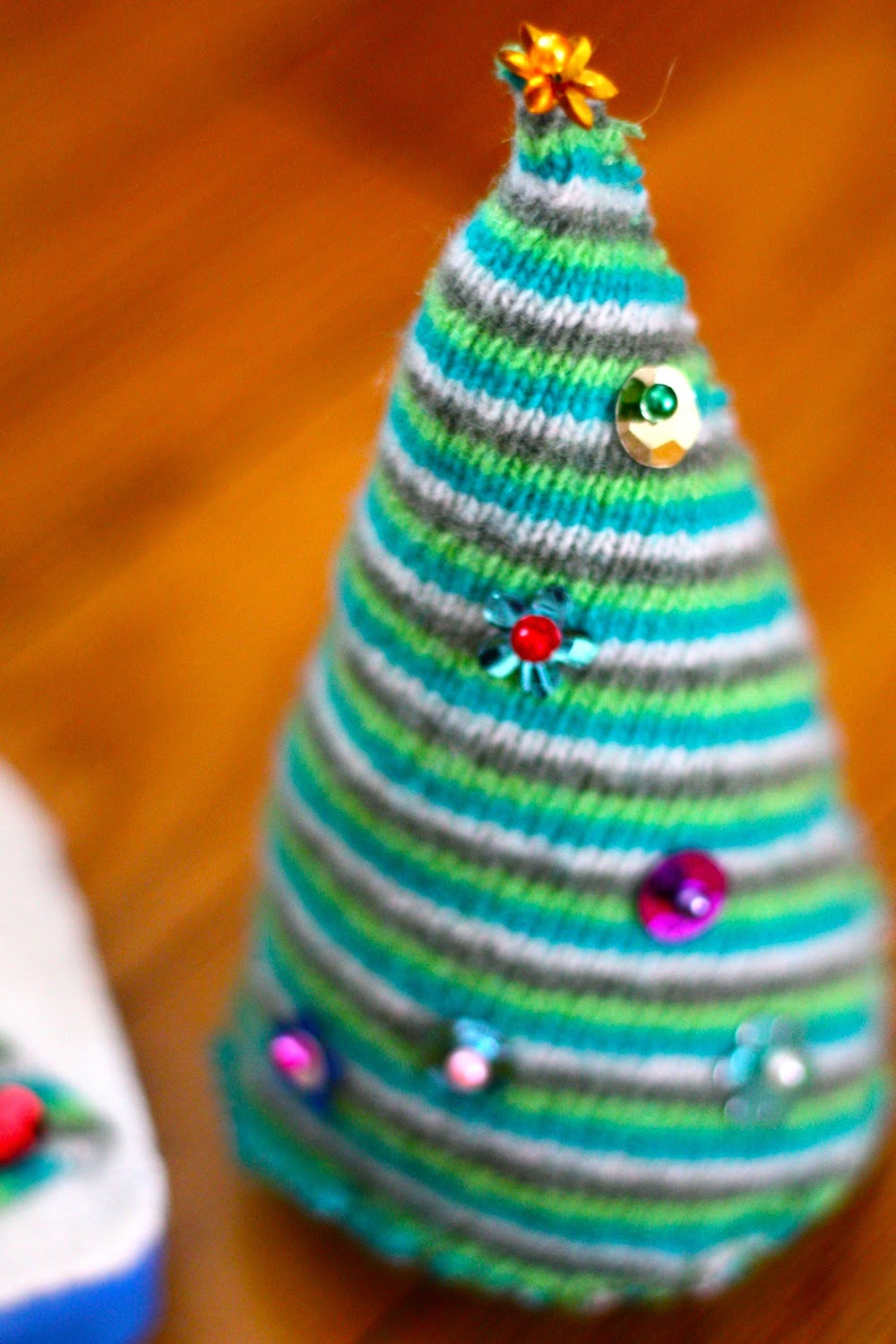Heads up: this is a
terrible tutorial. I mean, seriously. It is confusing, and I mostly don't show any of the steps. If you speak Scandinavian Language, you can go read the
DIY Julekalender page, where I first saw this idea. (I was able only to puzzle over the pictures.)
Also, the gift guide is still
here. (We are generating commissions on Amazon, so look for a give-away here soon!) Plus, because this is an atheist multi-faith blog, latkes are
here. Even though I made them with a great and kvetching crankiness last night, and my hair still smells of French fries.
Anyways. Last year, when we were in the thick of our recurring
Spirograph obsession, I wanted to document it with an ornament. And this is
where I landed: a string-art Spirograph-style ornament made from clay and
embroidery floss. You can use it to teach your kids the principle of the Bézier
curve—something round made from straight line segments—or you can just shut up
and hang it on your tree like a normal person.
(Did I mention that Birdy’s LEGO Robotics team. the Cyborg Echidnae, is going to
the state championships on Saturday? Geeks of the world unite!)
These are fiddly and require a bit of time and patience—but they’re
also incredibly fun and satisfying once you get the hang of it, and they come
out really cool and make great gifts. You’ll need some air-drying clay (I
really like
paper clay for this, because it dries with a porcelain finish) or, if you don’t have it, I imagine that oven-bakeable polymer clay (e.g. Fimo or Sculpey) would work just fine, as long as it bakes up hard. If the wreath
shape is flexible after baking, you are going to want to kill somebody. Me,
maybe.
Start by making a wreath-shaped paper template. I used a
pair of nesting circle cookie cutters, which I then used to cut out the clay
shape. But if you don’t have cookie cutters, you can later trace around your template
with a knife and cut your clay that way. The main reason you’re making the template is so
that you can figure out where to poke your holes. You’ll want an odd number of
them, evenly spaced. I’m a real trial-and-error kind of gal: I kind of dummied
them in with pencil, erasing and respacing until it looked right (I went with
13). Another option is to stick your teenager on the case. Tell them to figure
it out using geometry or calculus or whatever the hell math they’re doing these
days.
Once you have the holes spaced on the paper, use a hole puncher (mini if
you’ve it) to cut them out.
Now roll your clay out as evenly as you can on a piece of
wax paper. One quarter inch is a good thickness. Use your cookie cutters or the
template and a knife to cut out a wreath shape, then lay your template over the clay wreath and use the blunt end of a skewer to poke holes where you’ve marked them. Make
more wreaths, if you like. Bake or air-dry your clay according to the package
directions. It will warp a little as it dries. C’est la vie.
Paint the dried ornament, if you want to. I used silver acrylic
craft paint. Let the paint dry.
Now thread a needle with a long (like 2-foot) length of embroidery
floss—I like the extra-shiny (I think it's called "satin floss") and/or metallic kind for this—and knot a bead
through the end, to secure the floss to the ornament, since you won’t be able to make
a big enough knot otherwise. Take a minute to rub the length of floss back and forth
along a candle, to make it a little bit waxy and stiff. This sounds crazy, but it
really helps the thread not be so slidey and annoying to work with.
 |
An illustration of the process.
|
Start threading. Push the needle through the backside of the ornament and begin threading your pattern, keeping the floss as taut as you can while you go. The way to do a pattern is to count some number of holes away from your starting hole, say 4 (let’s be working clockwise) then push your needle in there, then come back up one hole to the right of where you started, and push in one hole to the left of where you pushed in last. So if you think of your first hole as #1, you’ll come out there, then go down hole #5, then out hole #2 and down hole #6. Does that make sense?
 |
| See? |
Do this until you complete the circuit, being sure to get really confused and frustrated along the way. And to run out of thread. For which there is no solution! So do start with a long piece. When you’re done, knot back through the bead, adding a dab of hot glue if it seems at all precarious.
 |
| Like so. |
Then, if you like, do a different color, with a different
pattern. As a general rule, you’ll probably want to start with darkest floss
color and densest pattern, then move into lighter colors and more open
patterns—but really, experimentation is half the fun. Unless this is not fun to
begin with, and then half of 0 is 0, alas.
Now tie on a piece of thread for hanging and hang it! Huzzah! The miracle of etc.






























